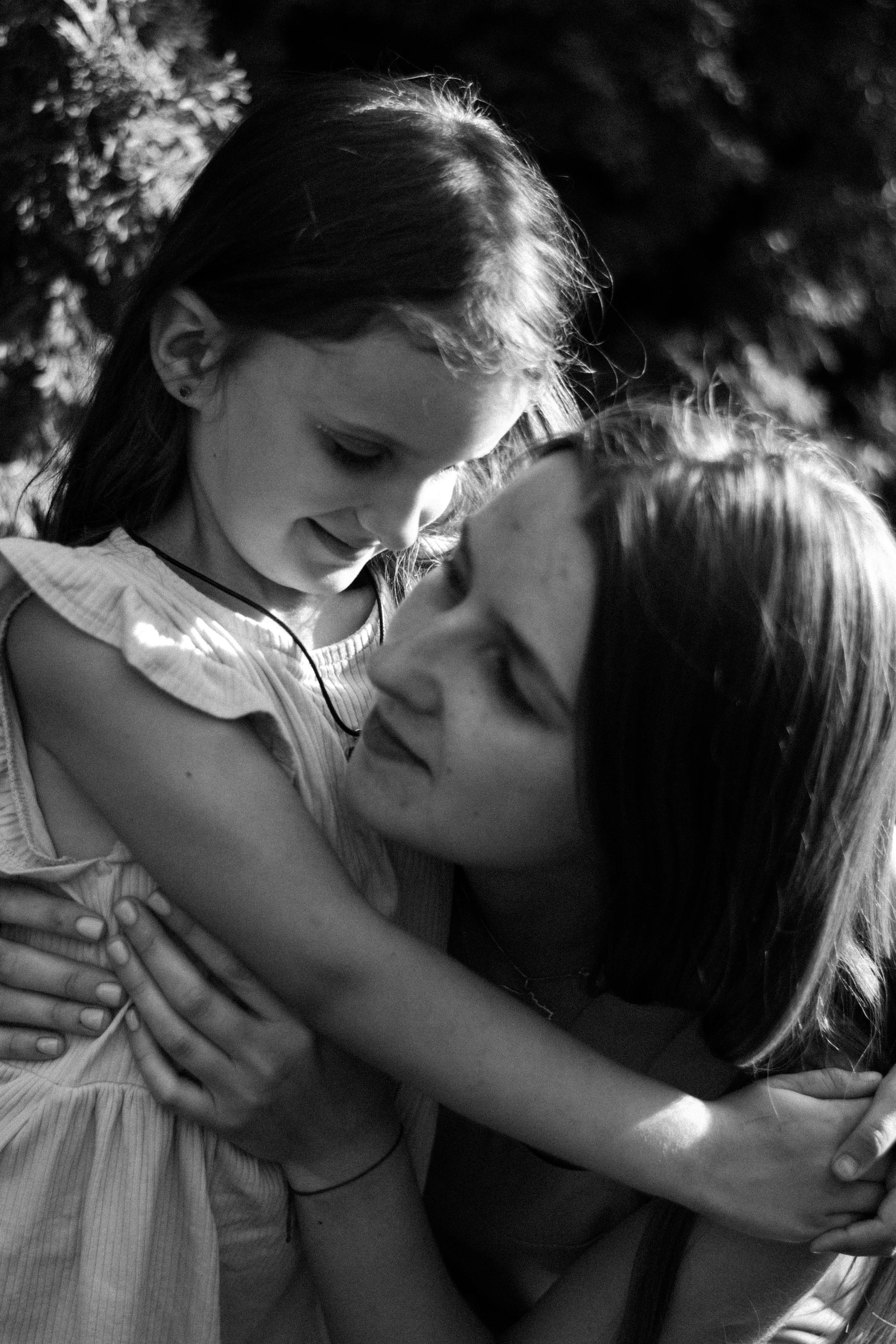But what do you Know about Pheochromocytomas?
페이지 정보

본문
Neurological harm is harm that's occurred to the nervous system, together with the brain, spinal cord and nerves, whether or not via damage, infection or illness. This kind of harm can cause issues with all the things from moving and talking to swallowing and respiration, in addition to modifications in Memory Wave Experience, Memory Wave temper and sensory notion. However what do you find out about pheochromocytomas? Or ataxia? There are greater than 600 kinds of neurological disorders, but we're right here to cover some you won't know about: 5 rare situations that trigger injury to your nervous system. Pheochromocytoma stimulates the discharge of excess catecholamines -- hormones together with dopamine, adrenaline, metanephrine and noradrenaline the physique makes use of to handle your heart charge, blood strain, blood sugar and its response to stress. When your body feels burdened, it floods your bloodstream with catecholamines (fight or flight, remember?). When it is a tumor triggering the discharge of those hormones reasonably than your body's pure stress response, it could cause chronic, uncontrollable hypertension, Memory Wave Experience complications, heart palpitations and excessive sweating.
 When a pheochromocytoma grows exterior the adrenal glands it's called a paraganglioma. Agnosia is a situation the place you're unable to correctly understand objects. It's the result of injury to the mind, usually within the occipital lobe (which is where the brain handles visual processing) or parietal lobes (where the brain processes peripheral sensory info). It impacts how your mind is able to identify and perceive objects around you. For instance, an individual affected by auditory agnosia may not be capable to establish a sneeze primarily based on its sound, however would haven't any bother visually figuring out a person who is sneezing. A person affected by visible agnosia may not be able to distinguish the spoon in a set of flatware however has no drawback with sense of taste. In case you undergo from gustatory agnosia, you might not be capable of identify your favorite culinary dish. And so forth. One of these damage could end result from a tumor, injury or degeneration, and could also be brought on by stroke, dementia, mind lesions, and other neurological issues and developmental circumstances.
When a pheochromocytoma grows exterior the adrenal glands it's called a paraganglioma. Agnosia is a situation the place you're unable to correctly understand objects. It's the result of injury to the mind, usually within the occipital lobe (which is where the brain handles visual processing) or parietal lobes (where the brain processes peripheral sensory info). It impacts how your mind is able to identify and perceive objects around you. For instance, an individual affected by auditory agnosia may not be capable to establish a sneeze primarily based on its sound, however would haven't any bother visually figuring out a person who is sneezing. A person affected by visible agnosia may not be able to distinguish the spoon in a set of flatware however has no drawback with sense of taste. In case you undergo from gustatory agnosia, you might not be capable of identify your favorite culinary dish. And so forth. One of these damage could end result from a tumor, injury or degeneration, and could also be brought on by stroke, dementia, mind lesions, and other neurological issues and developmental circumstances.
Whereas most people will get better from agnosia within three months, it might take as much as a full year for the situation to resolve. Typically, visible agnosia will get broken down into two categories. When an individual can't correctly identify or differentiate shapes or objects, it is referred to as apperceptive agnosia. And when an individual can't acknowledge or title an object regardless of understanding what the object is or is used for, it's categorized as associative agnosia. Paraneoplastic neurologic syndromes (PNS), additionally known as paraneoplastic neurologic disorders, happen when the body's immune system has an abnormal response to a neoplasm, a cancerous tumor. The physique's white blood cells -- antibodies the body uses to assault those most cancers cells -- begin to assault normal, healthy cells within the nervous system while fighting the tumor. Batten illness is a rare genetic condition that is part of a bunch of progressive degenerative neurometabolic disorders generally known as neuronal ceroid lipofuscinoses (NCLS). Presently, it can't be prevented and it's fatal.
The disease causes lipopigments, that are fats and proteins, to abnormally construct up in the physique's tissues. The illness often begins with vision issues or seizures, followed by significant degeneration of motor coordination and adjustments in behavior and character. Seizures and visible impairment worsen as the disease progresses, and sufferers are often blind as well as mentally and bodily impaired by the time they lose their battle with the illness. Batten disease usually is reserved to describe the condition when it occurs in kids, making itself known by the time the little one is between 5 and 10 years previous. There can be a kind that impacts newborns, who die shortly after beginning. Different kinds may develop throughout infancy and the toddler years, emerging at about 6 months to 2 years, as well as in early childhood, with signs occurring between ages 2 to 4. Adult NCLS appears earlier than age 40, Memory Wave and signs are often less extreme than when it develops in youngsters.
- 이전글Seven Must-haves Before Embarking On Nasal Spray 25.08.15
- 다음글Smart Sensing: Unparalleled Accuracy and Personalization In Oura Ring 4 25.08.15
댓글목록
등록된 댓글이 없습니다.


